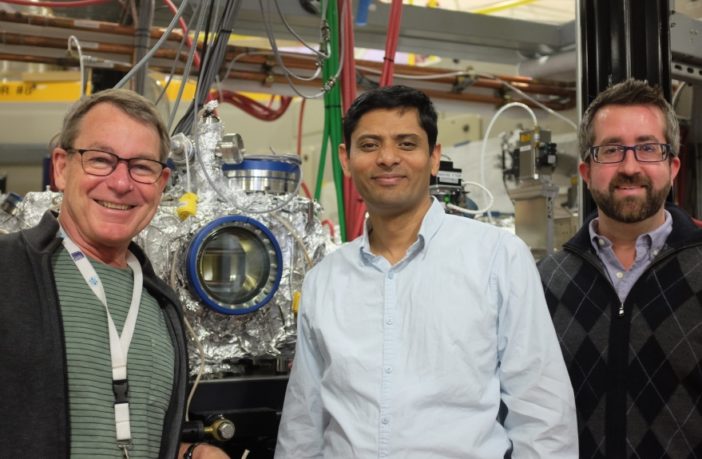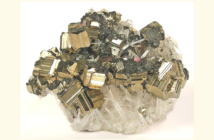Sometimes it seems to us that scientific research is random because we have detailed photographs of Mars, and our cameras have been to the deepest parts of the ocean. Yet, we still have to best guess what happens inside batteries, as the words ‘electrodes exchange ions’ slip off our tongues. Now Berkeley National Lab has peeped inside them with a next-generation x-ray microscopy platform.
An X-Ray Microscopy Platform: What’s That?

X-rays are a form of electromagnetic radiation with wavelengths shorter than ultraviolet rays, but usually longer than gamma ones. Therefore, they are able to penetrate certain materials to reveal what lies inside or beyond.
Moreover, x-ray microscopy uses electromagnetic radiation in the ‘soft’ x-ray band to produce magnified images of objects. Researchers at Berkeley National Lab have brought together ‘a unique set of capabilities to measure the properties of materials at the nanoscale… and probe working batteries’.
Berkeley National Lab has disclosed details of groundbreaking research using a next-generation x-ray microscopy platform. They say that have used psychographic computed tomography to map the location of reactions inside lithium-ion batteries in 3-D.

Psychographic computed tomography enables quantitative mapping of electron-density distribution in three dimensions. Voila! Does this mean we can finally actually see electrodes exchange ions? This appears to be the case.
Because lead researcher Young-Sang Yu told Berkley Lab News Center “We looked at a piece of a battery cathode in 3-D with a resolution that was unprecedented for X-rays. This provides new insight into battery performance both at the single-particle level and across statistically significant portions of a battery cathode.”
This new-generation x-ray microscopy technology allowed them to witness fluctuations in materials associated with magnetic and electronic properties in nanoseconds.
Related
Basics of Battery Chemistry at Work
What are the Various Battery Chemistry Types?
Preview Image: Next-Generation Platform Lights Up




